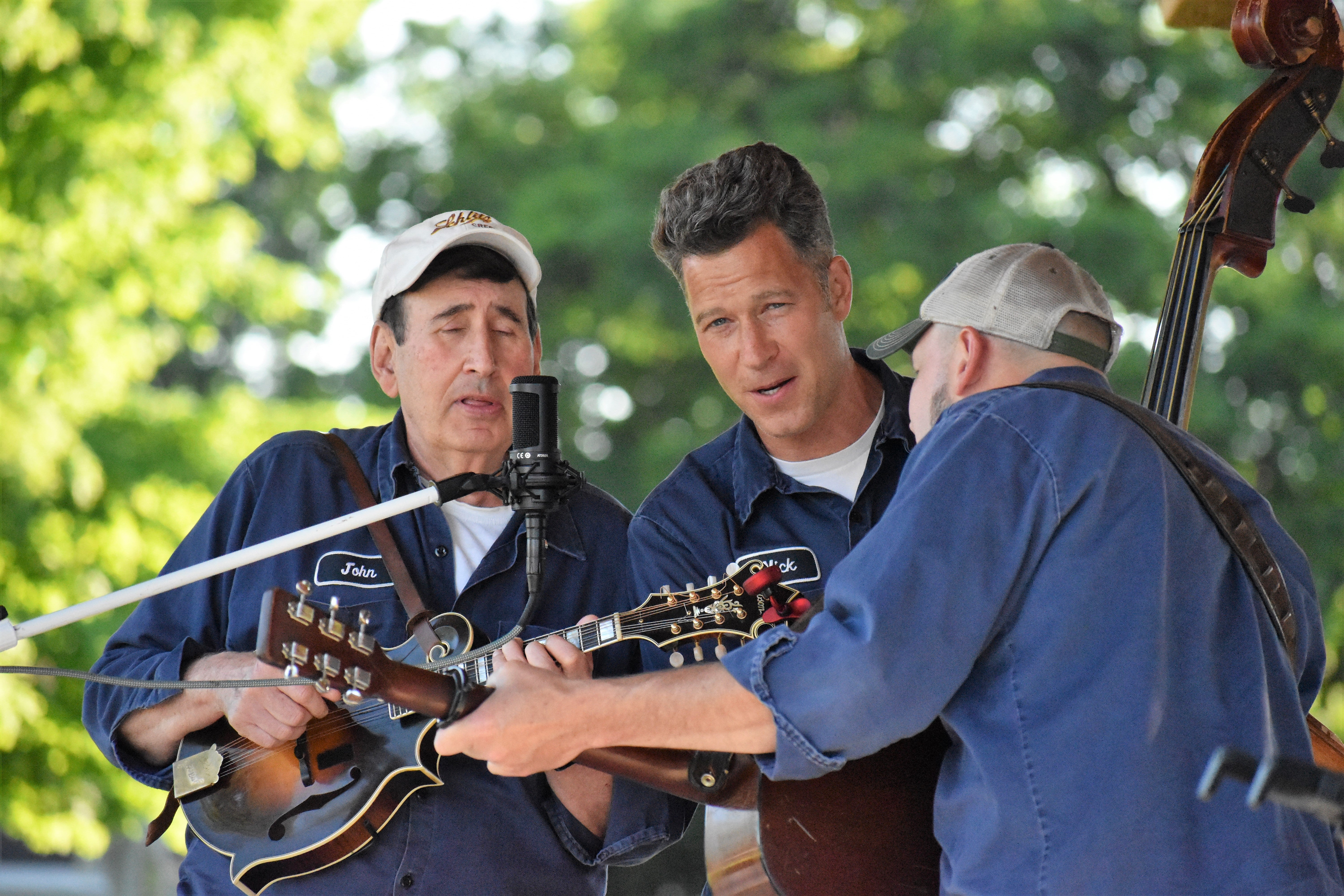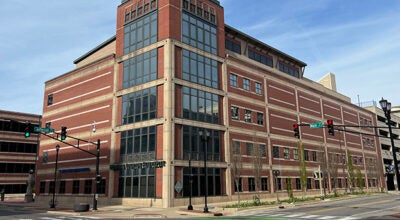How millages impacts Edwardsburg Public Schools’ budget
Published 9:30 am Thursday, August 30, 2018
EDWARDSBURG — At an Edwardsburg Public Schools Board of Education meeting in July, the board approved and certified a levy on non-homestead properties for Dec. 1 for 18 mills. This millage was voted on and passed by Edwardsburg residents in May.
The millage renewal will provide the district with roughly $2 million that is to be used for operations, according to Anne Flautt, the chief financial officer for Edwardsburg Public Schools.
This is a millage that Edwardsburg residents vote on every year.
“The advantage of doing it this way it is that people understand it,” Flautt said. “They remember it. If you vote on something once every 10 years, you have to reeducation everyone. … This is mandated by the state of Michigan, we have no choice but to go out and ask for this money. If we don’t get this money, then the state won’t reimburse us for it all at.”
That means that if the millage renewal proposal ever failed to pass, Edwardsburg Public Schools would have to cut $2 million from its budget. It is mandated by the state in Proposal A that each school district attempts to cover some of its annual budget through a non-homestead levy. However, some districts prefer that this is voted on every two years or longer.
“That money has to be used for operations. It’s like salaries, electricity, heat and that type of thing,” said Jim Knoll, Edwardsburg Public Schools superintendent. “You can’t buy lunches. I can’t give gifts with it and I wouldn’t do that anyway. The point is that money is pretty restricted. It has to be used for operations.”
The levy is only applied to non-homestead property owners, which means that only industrial businesses or second homes in Ontwa Township and the Village of Edwardsburg owe 18 mills, or $18 per $1,000 of taxable property value.
This levy, along with what the state gives the district per pupil, makes up the majority of the district’s budget.
“There are little things that can provide funding, such as title money or little grants that we get, but those two are 98 to 99 percent of the budget,” Knoll said. “That’s generally almost all of the money that we use for the operations of the district.”
The only other levy the district issued is to 3.54 mills for the 2012 Debt Retirement Fund and 2016 Debt Retirement Fund, which is applied to all properties located within the school district.
“Our tax levy is 21.54 mills, but there are other levies that might be applicable there [for other services],” Flautt said. “… The only thing that we are collecting from our tax players is our debt obligation of 3.54 mills.”
Additionally, the state does tax all Michigan properties 6 mills for education, which it has done since Proposal A was approved in 1994. This is collected on summer property taxes.
“Our district doesn’t really have a lot of sources of funding. It’s this, what we get paid per kid, and some grants,” Knoll said. “That’s about it. There are other districts that are a lot more complicated.”






